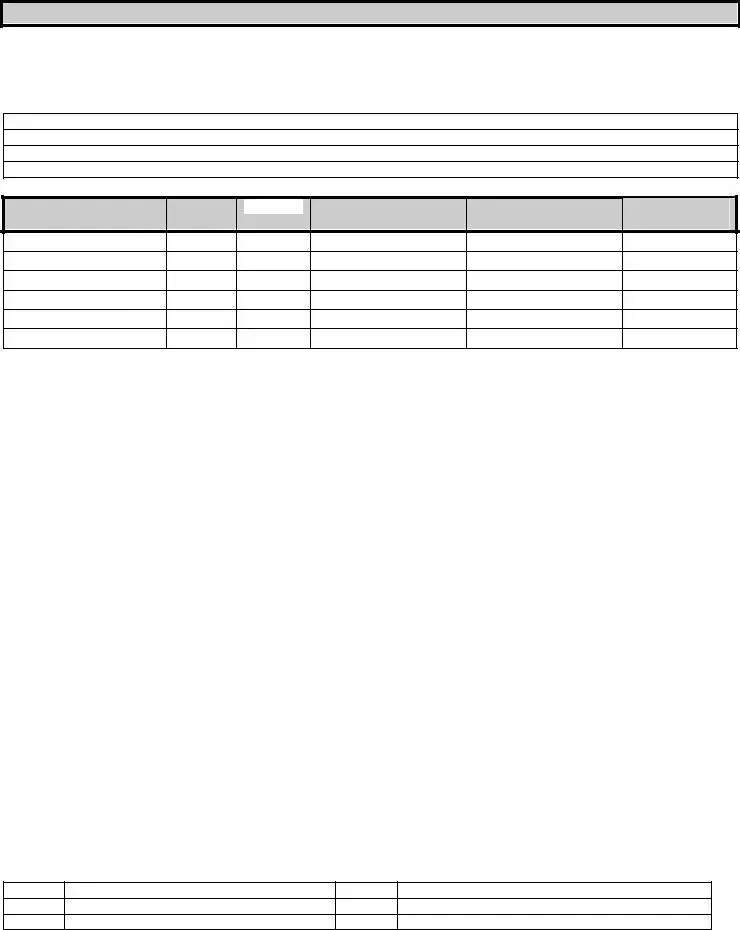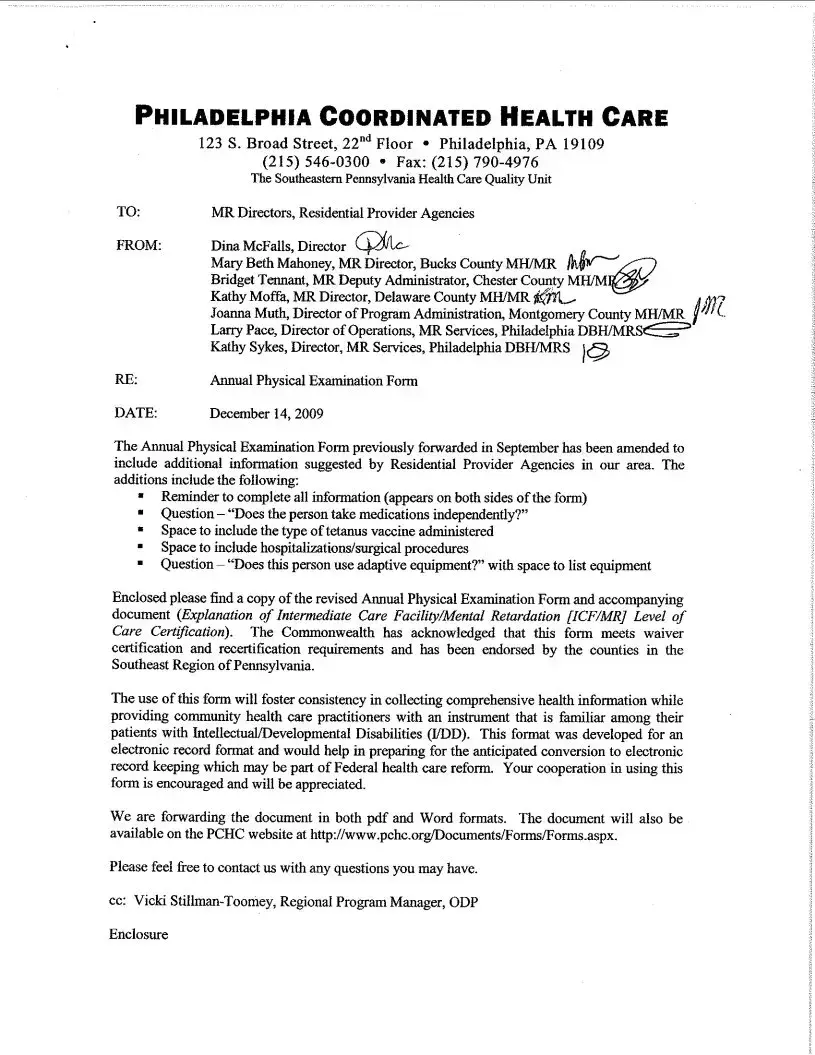What information is required when filling out the Annual Physical Examination form?
The Annual Physical Examination form necessitates comprehensive personal information, including the person's name, date of the exam, address, Social Security Number, date of birth, and sex. It also asks for the name of any accompanying person. Medical history, including diagnoses/significant health conditions, current medications, allergies, immunizations, TB screening results, and other medical/lab/diagnostic tests, must be detailed. Information on hospitalizations/surgical procedures, general physical examination findings, and additional comments regarding the health status, medication changes, and recommendations for health maintenance are also required.
Why is it important to complete all sections of the form?
Completing all sections of the form helps ensure a comprehensive evaluation of the person's health status. It prevents the need for return visits to provide missing information, which can delay necessary treatments or recommendations. Moreover, it enables healthcare providers to thoroughly understand the patient's medical history, current health conditions, and any potential risks, which is essential for delivering effective and personalized care.
What should be included in the diagnoses/significant health conditions section?
In the diagnoses/significant health conditions section, individuals should include a summary of their medical history and a list of chronic health problems. If available, attaching detailed documentation such as medical records or previous diagnosis reports can provide a thorough overview of the person's health condition, facilitating a more accurate and efficient assessment by the healthcare provider.
How should current medications be listed on the form?
Current medications must be listed with detailed information, including the medication name, dose, frequency of administration, diagnosis for which the medication is prescribed, prescribing physician's name, the specialty of the prescribing physician, and the date the medication was prescribed. If the person takes medications independently, this should also be indicated. If more space is needed, attaching a second page is recommended.
What are the requirements for the TB Screening and why is it important?
For Tuberculosis (TB) screening, the form specifies that it should be conducted every 2 years using the Mantoux method. If the initial test yields positive results, a chest x-ray should follow. This screening is vital for early detection of TB, preventing its spread to others, and facilitating prompt treatment. Indicating the dates of the test, reading, and results, along with any follow-up actions, is necessary.
How often should immunization information be updated?
Immunization information should reflect the most current status and be updated according to the vaccine's recommended schedule. For instance, Tetanus/Diphtheria boosters should be documented every 10 years, Hepatitis B series dates, Influenza annually, and other relevant vaccinations as administered. Accurate records ensure compliance with health recommendations and protect against preventable diseases.
What information is required for hospitalizations and surgical procedures?
For hospitalizations and surgical procedures, the form requests the dates and reasons for each event. Providing complete and accurate information about past hospital stays and surgeries helps healthcare providers understand the person's medical history in greater depth, including identifying any potential complications or recurrent health issues that may need ongoing management or observation.
Are there any specific instructions for the general physical examination section?
In the general physical examination section, readings for blood pressure, pulse, respirations, temperature, height, and weight should be entered. Additionally, evaluations of various systems (e.g., eyes, ears, nose, cardiovascular, musculoskeletal, etc.) require a notation of whether the findings were normal or not, with space for comments or descriptions. This information is crucial for catching any new or worsening health conditions early and adjusting care plans as necessary.



